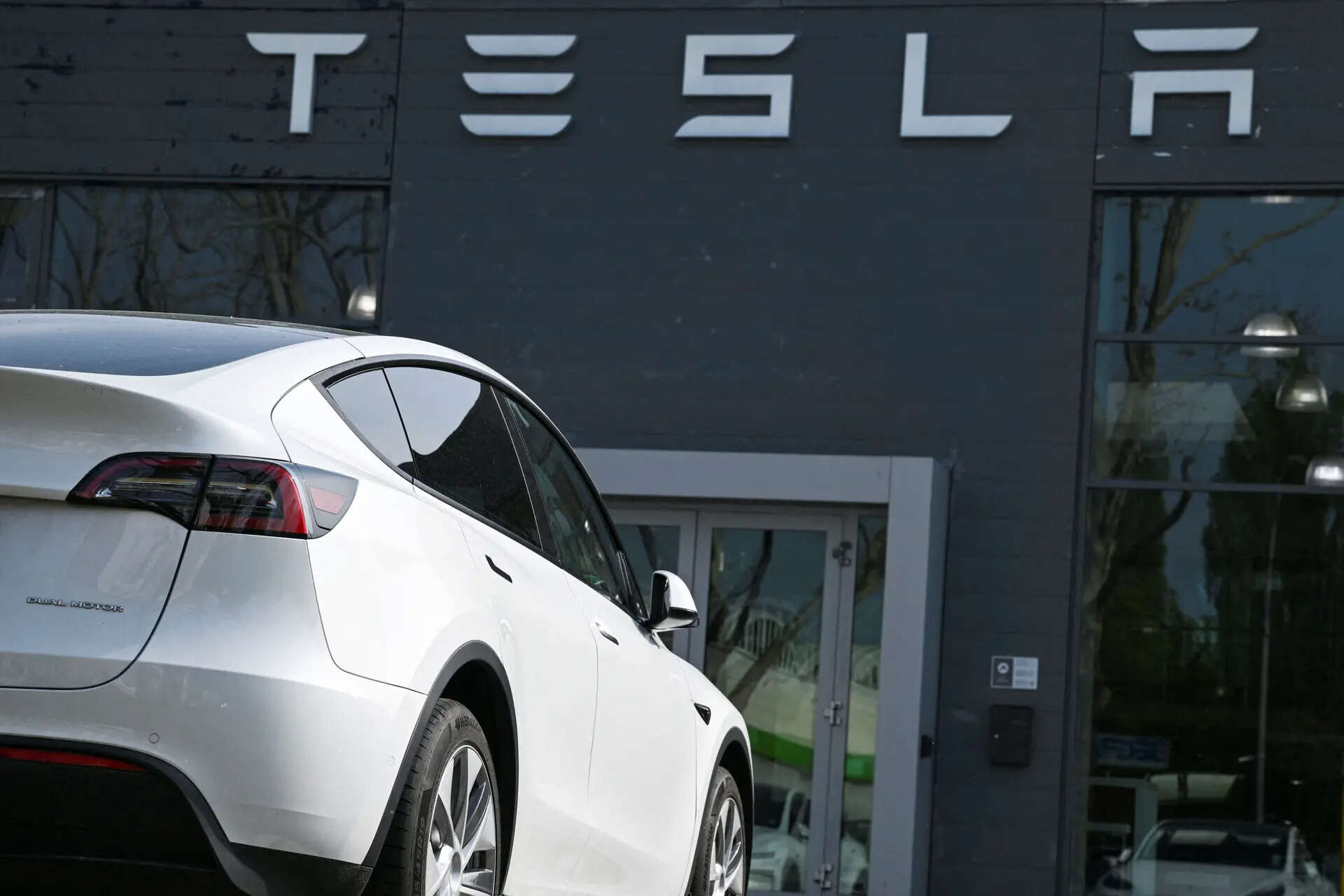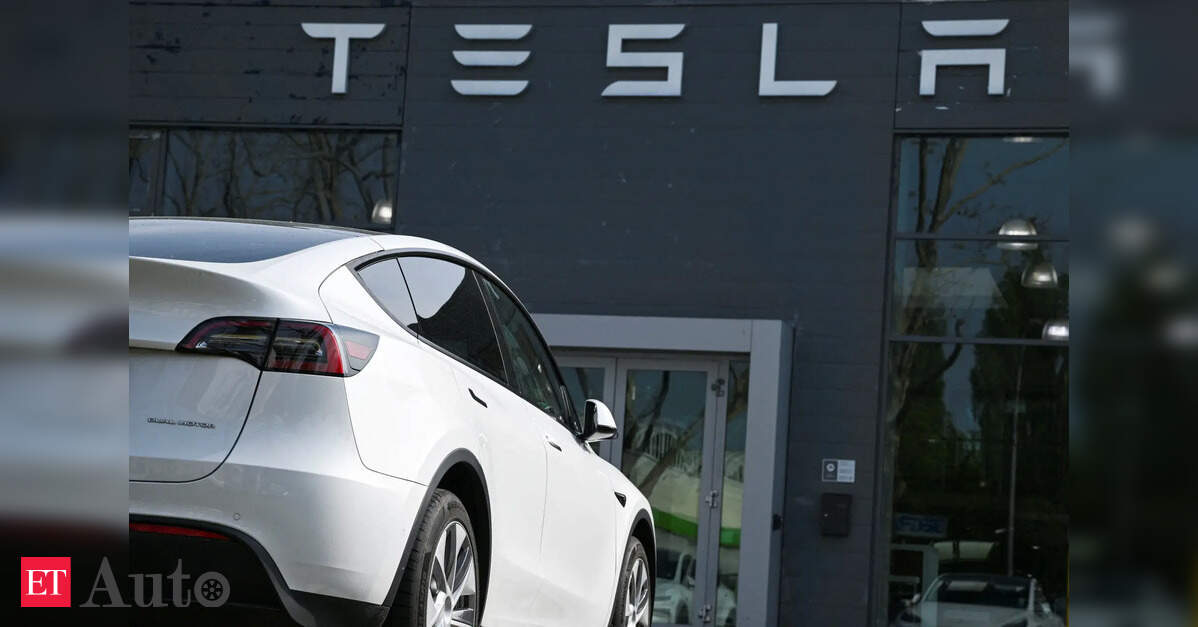 Tesla is set to report its strongest quarter of the year
Tesla is set to report its strongest quarter of the yearTesla is set to report its strongest quarter of the year on Thursday thanks to a US rush to secure a $7,500 EV tax credit that expired earlier this week, but analysts expect the boost to be short-lived and European weakness to persist.
The quarterly tally will help gauge how far US subsidies lifted sales, as China leans on Tesla’s expanded six-seater Model Y L launched in September while Europe slumped after the electric-vehicle maker’s aging lineup struggled to compete and CEO Elon Musk’s politics dampened buyer sentiment.
That has set the stage for weaker third-quarter global deliveries than last year and a potential drop in the December quarter.
The expiry of US tax credits likely accelerated purchases that normally would have been made later in the year, rather than attracting new buyers to the brand, analysts said.
Tesla raised car-leasing prices in the US, its website showed, after a sweeping legislation passed by Congress ended tax incentives for the EV industry on Tuesday.
Musk had also cautioned in July that Tesla faces “a few rough quarters”, as EV subsidies disappear, before revenue from self-driving software and services accelerate late next year.
The billionaire, who has negotiated a trillion-dollar pay contract that shareholders will vote on in November, has said the future of Tesla is based on self-driving cars and robots, but at the moment, most of its revenue comes from vehicle sales.
Wall Street pegs Tesla’s third-quarter deliveries at about 441,500 vehicles, with full-year 2025 at roughly 1.6 million, about 10 per cent below last year, according to Visible Alpha estimates. Despite the September quarter set to be the strongest this year, it would still be about 6 per cent lower than the 462,900 delivered in the same quarter last year.
EV makers across the board pulled out the stops with marketing in the United States ahead of the federal tax credit ended on Tuesday.
“The $7,500 credit definitely should have some effect that pulled forward demand this quarter,” said Ken Mahoney, CEO at Tesla shareholder Mahoney Asset Management. Mahoney said the credit’s expiry could leave a US demand gap in the fourth quarter, while price cuts and promotions, especially in China, may keep margins under pressure.
Deutsche Bank analysts, however, expect China could soften the blow in the fourth quarter, especially considering the launch of the Model Y L in September. Musk has said the Y L is unlikely to make a US entry until the end of next year.
The fourth quarter also hinges on whether Tesla will keep to its goal of rolling out a cheaper version of the Model Y before year-end.
Europe is likely to remain a sore point.
In August, Tesla sales in Europe and the UK fell 22.5 per cent from a year ago, cutting its market share to 1.5 per cent, according to data from the European Automobile Manufacturers’ Association, as rivals leaned into plug-in hybrids and Chinese brands gained ground.
As US incentives lapse, a broader pullback by other automakers on EV output could also reduce competitive pressure.
“Since Tesla has such strong margins per vehicle, they have more room to play with the pricing dynamic if they needed to,” said Brian Mulberry, senior client portfolio manager at Tesla investor Zacks Investment Management.



